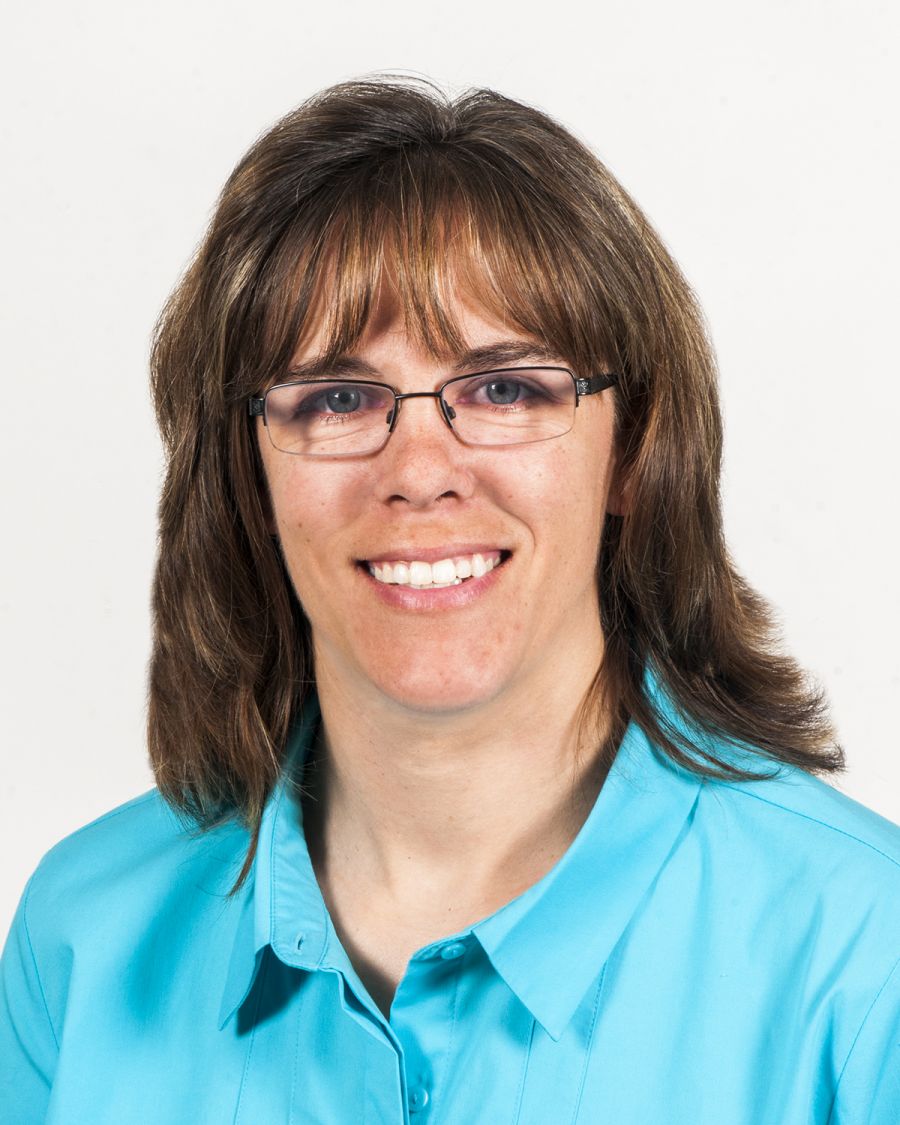


There is an emergency, a fire, someone has passed out, a car crash, what do you do? The answer for most is to call 9-1-1. We know with that call we can get the help we need: the fire department, an ambulance, a police officer. As first responders, you call, we come, regardless of the emergency or the situation. Without question we show up. What many don’t realize is that we spend a large portion of our time talking to the public about prevention and preparedness. As we educate our Fire Science and Emergency Medical Technician students at Waubonsee Community College, we stress the driving purpose of this profession is to keep our citizens safe.
Many unfamiliar with the profession see the “exciting” part of the job on TV as responding to calls. While we train long and hard to ensure we are prepared to handle any emergency we respond to, we would much rather you never have to call us in the first place, or if you do, it is for a minor issue. So we include prevention and preparedness as part of a new firefighter’s education as well. As a firefighter and paramedic, I have spent countless hours talking to school children, parent groups, businesses and others about the importance of prevention and preparedness. Ultimately as first responders, our number one job is to keep the people we serve safe. I would rather give one hundred talks about smoke detectors, and ensure you are able to escape a house fire, than have to pull one person out of a building without a working smoke detector. I would rather check your child’s car seat and help you safely install it than have to treat a seriously injured child that was not buckled in safely.
According to the National Fire Protection Association, on average in the U.S., fire departments respond to a home fire every 86 seconds. The most common cause of home fires is cooking related. So set a timer to remind you to check on your meal. Also make sure you follow all safety recommendations when frying or grilling. Another leading cause of home fires is heating equipment. Ensure that you keep at least 3 feet of clearance around portable space heaters and wood stoves.
There are other steps you can take to ensure you and your family are safer if there is an emergency. One of the most important is to have working smoke detectors in your home. The risk of dying in a fire is cut in half in homes with working smoke alarms. Many people have detectors, however, they forget to check the batteries regularly. Did you know detectors also have a limited lifespan? Test your alarms once a month to ensure they are operating. It is also recommended that detectors be replaced every ten years. Look on the back of your detectors for a label which should list the date it was manufactured. It is recommended that you have a smoke alarm in every bedroom, in common areas, and on each floor including the basement. Another step that seems simple is to keep all bedroom doors closed. A closed door can significantly slow the spread of smoke, heat and fire and increase chances of survival in a fire, as well as limiting damage to rooms. Visit closeyourdoor.org/ for more information. Lastly, talk with your family and practice what you would do in case of a fire. Practice your escape routes, as well as a secondary route, and have a designated meeting place outside for everyone to gather.
In addition to fire safety, there are many other safety issues you can address in your home. Ensuring medications are kept in a single location safe from children. It is also important to keep medications in their labeled prescription bottles. This helps to avoid medication errors, taking a wrong dose, or an incorrect pill. It is also helpful to paramedics when they respond to your home to be able to easily access your medications. It is helpful as well to keep a medications list in your purse or wallet in case you are away from home. There are even convenient phone apps for keeping your medications lists handy. Another item that is important is to ensure your address is visible from the street. Numbers that are large and easily readable, as well as an exterior light that will illuminate these numbers will aid first responders.
If you are interested in being even more proactive there are classes in your community on CPR, AED, and first aid training. There are endless online resources on fire safety, cooking safety, child car seat safety, and more.
We hope as first responders, you never have to call us. If you do we will be there to do our job quickly and efficiently. In the meantime, it is our hope that our communities are safe and prepared and we are instead able to meet you at a public education or a local event.
Visit www.waubonsee.edu/pss to learn more about opportunities in Public Safety and Service Programs at Waubonsee.

